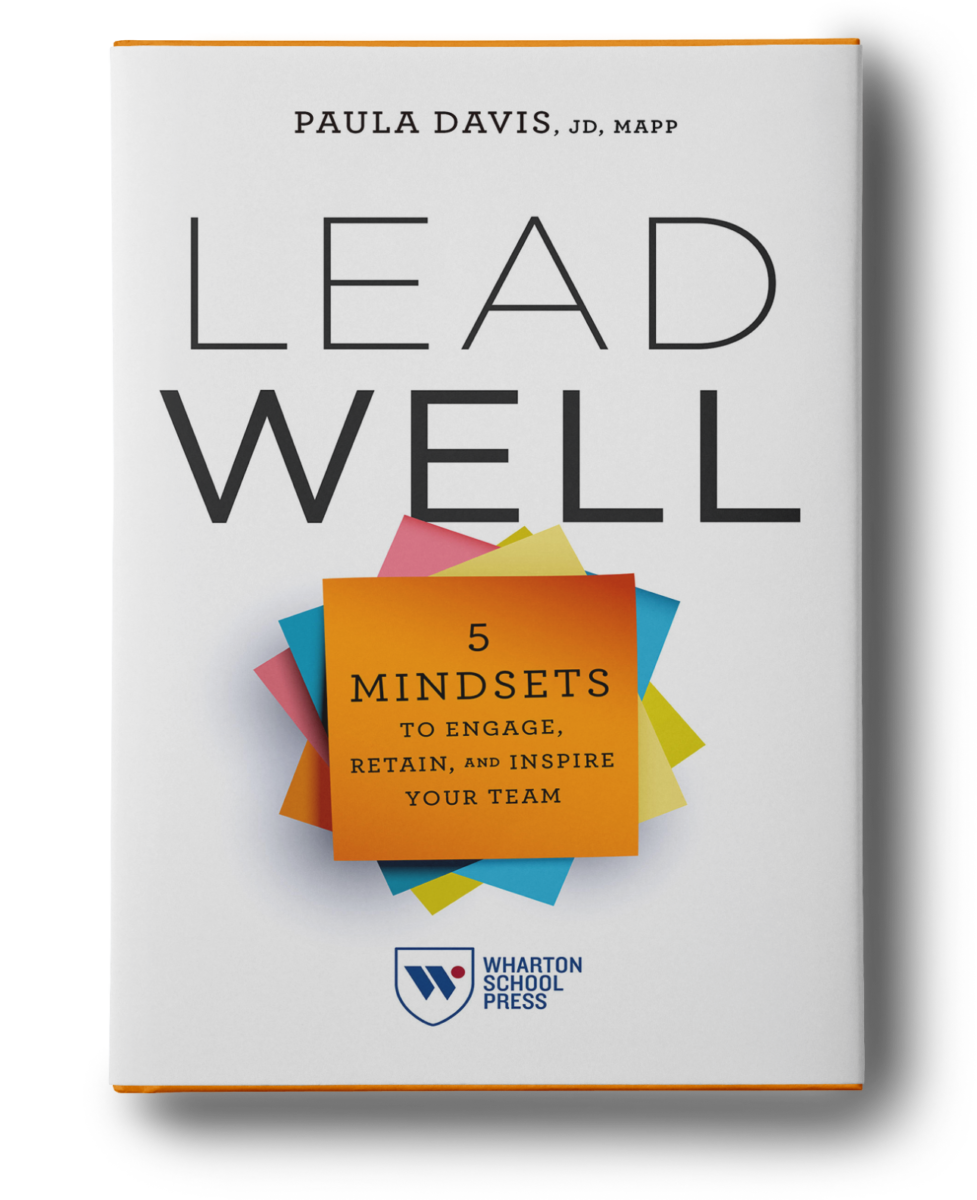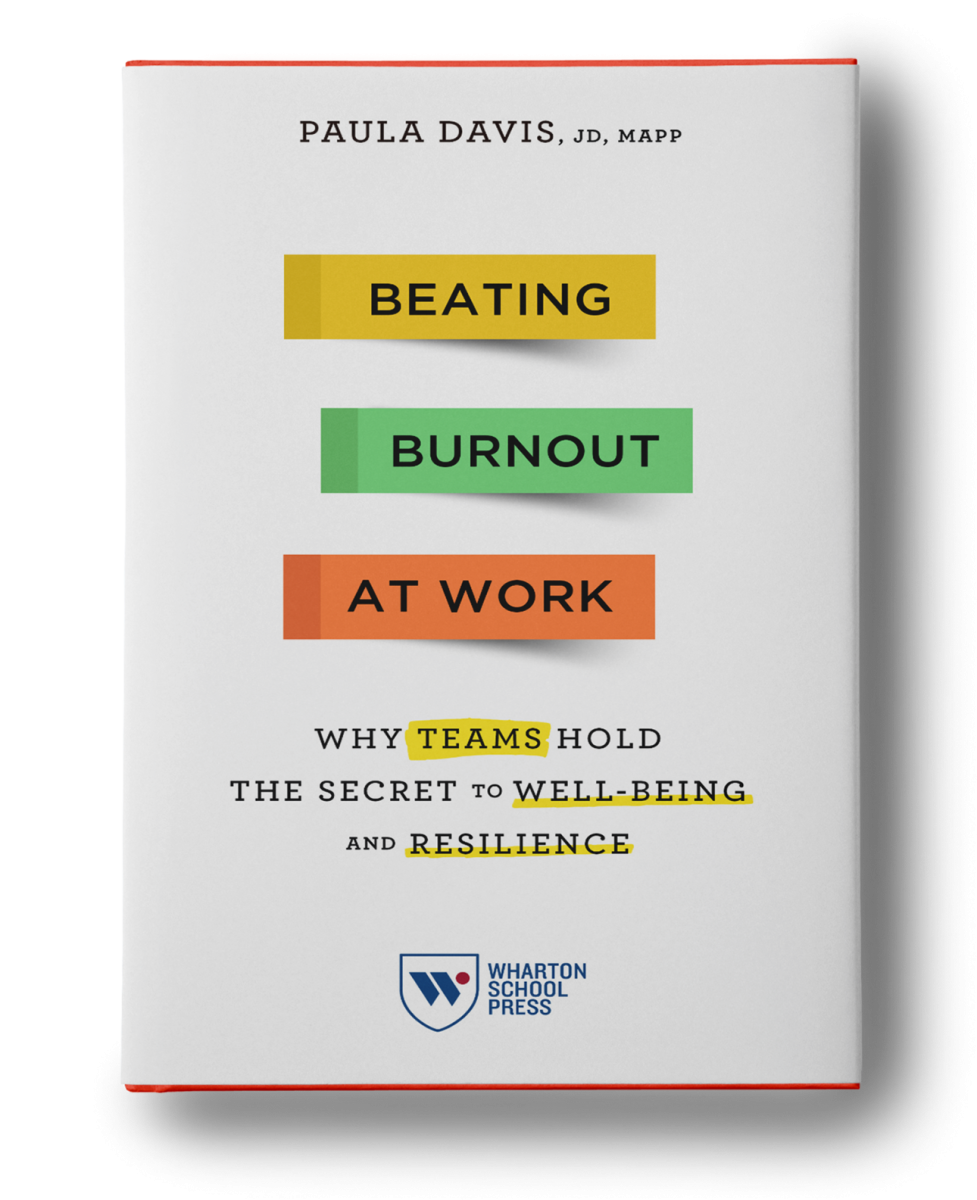Burnout and depression often get confused with each other because their symptoms can be similar. While many studies have found that burnout and depression are distinct and separate illnesses, studies also show that they are related in some way, but researchers aren’t yet sure how much they overlap (Aydemir & Icelli, 2013).
Burnout tends to be a function of chronic work stress and disengagement, while depression can be linked to work or non-work.
Professionals who have burned out report problems with being attentive, and your level of burnout is significantly related to the number of cognitive failures (e.g., saying things you might regret; forgetting names; or missing important cues in your environment, like a stop sign while driving) you may have in a day (Van Der Linden, et al., 2005).
More troubling is the research showing that men tend to under-report or fail to report their burnout.
On average, women are 1.6 times more likely to report burnout than men, and men had less willingness to admit they were fatigued than women (Aydemir & Icelli). I see this same trend in my own burnout prevention coaching practice, and when I teach my burnout prevention workshops, I always ask the guys why this is. The answers range from pride to “saying something is sign of weakness” to “I have so much responsibility to support my family and I can’t let them down.” This has to change.
The ripple effects of burnout can be profound, so it’s important for you to recognize the warning signs in yourself and others.
Here are 9 warning signs of burnout:
1. Every curveball is a major crisis. When I practiced law, my job was to help my clients solve their problems. I knew something was wrong when even small issues produced a strong emotional reaction for me. I was depleted from my own burnout and didn’t have the mental or physical resources to distinguish between a small problem and a big crisis.
2. Chronic low energy and exhaustion. Exhaustion is one of the three big dimensions of burnout (Leiter & Maslach, 2005). The exhaustion associated with burnout is on a different level than just feeling tired here and there. It’s a chronic state of feeling overwhelmed and maxed out.
3. Getting sick more frequently. The stress and adrenaline may keep you going for a while, but once that high wears off, your body crashes. The result is that your immune system breaks down and that makes you more susceptible to getting sick. “Sick” could be anything from colds and flu to severe headaches, stomach aches, and heart palpitations.
4. Not recharging or relaxing. Recovery is an important component of the burnout prevention process, yet taking a break has been stigmatized in our work culture. Studies place importance on two types of recovery: (1) how you recharge each day while you’re at work; and (2) what you do to recharge after work each night, on the weekends, and on vacation (Demerouti et al., 2009).
5. Having a sense of inefficacy. Inefficacy is feeling like you can’t produce results in your life. When you lose efficacy, your confidence plummets, you feel less effective at work and your self-worth may even be impacted.
6. Feeling disengaged and being consistently checked out. Burnout is a process of unplugging from those things that give you energy and enthusiasm at work. The opposite state is work engagement, which is a potent blend of energy and commitment.
7. Cynicism is the norm. Your enthusiasm for your work has faded and now everything and everyone rubs you the wrong way. If you used to put in extra time and effort on projects, now you do just the bare minimum.
8. Can’t let go of perfection. Research shows that perfectionistic tendencies are associated with a higher risk of burnout because perfectionist behavior patterns drain your energy (Aydemir & Icelli). While some professionals don’t have a lot of room for error (think surgeons, air traffic controllers, and lawyers), the key is to ask yourself whether perfection is necessary for this specific project. More often than not, the answer is no.
9. Too many Job Demands and not enough Job Resources. “Job Demands” are any aspect of your job that requires sustained effort or energy. Job Demands in and of themselves are not necessarily bad, but because they deplete your energy, you have to mitigate their impact with Job Resources.
“Job Resources” are those aspects of your job that are motivating and help you achieve your goals (Bakker, Demerouti, & Sanz-Vergel, 2014).
Burnout has been described as the biggest occupational hazard of the twenty-first century. Educating busy professionals and workplaces about its warning signs is a big first step in reducing its impact.
Want to know more? Download my free “Is It Stress or Is It Burnout” strategy guide here. You can also learn about my speaking and training programs here.
__________________________________________________________________________________
Resources
Aydemir, O., & Icelli, I. (2013). Burnout: risk factors. In Burnout for Experts, 119-143 (Sabine Bahrer-Kohler, Ed.) London, England: Springer.
Bakker, A.B., Demerouti, E., & Sanz-Vergel, A.I. (2014). Burnout and Work Engagement: The JD-R Approach. Annual Review of Organizational Psychology – Organizational Behavior, 1, 389-411.
Demerouti, E., Bakker, A.B., Geurts, S.A.E., & Taris, T.W. (2009). Daily Recovery from Work-Related Effort during Non-Work Time. Occupational Stress and Well-Being, 7, 85-123. See also, Oerlemans, W.G.M., Bakker, A.B., & Demerouti, E. (2014). How Feeling Happy during Off-Job Activities Helps Successful Recovery from Work: A Day Reconstruction Study. Work & Stress, 28(2), 198-216.
Leiter, M.P., & Maslach, C. (2005). Banishing Burnout. San Francisco, CA: Jossey-Bass.
Van Der Linden, D., Keijsers, P.J. Eling, P., & Van Schaijk, R. (2005). Work stress and attentional difficulties: An initial study on burnout and cognitive failures. Work Stress, 19(1), 23-36.]]>







